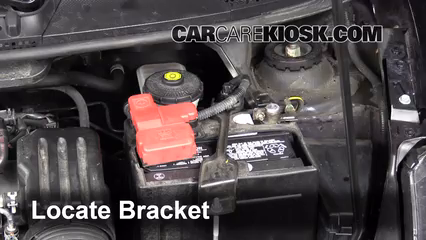

Therefore, fusing behavior could be different.Ī fuse does not protect the electrical system by itself. These components can dissipate or accumulate heat. The most significant influencing factors are electrical system specifications:īesides, busbars and neighbor components make an impact on the working performance of a fuse. Similarly, air pressure caused by altitude, vibration, and mechanical shocks changes the fusing behavior.

Thermal conditions may accelerate or decelerate the melting event. These parameters are thermal and mechanical conditions as well as electrical system specifications. Since the fuses protect the electrical system of battery as a result of a melting event, a battery designer needs to consider external parameters. However, pyro fuses also interrupt the circuit during higher current flow than the current limit. Electrical designers use pyro fuses in case the electrical circuit needs to be broken via an external signal. Just like airbag systems, pyro fuses may be a part of HV systems. On the other hand, pyro fuses can actively interrupt circuits. Fundamental parts of passive fuses are melting element, fuse body with filler and fuse terminals. To avoid electrical arcs, the fuse body has an internal filler element, some quartz sand, for instance. During high currents above a certain limit, the internal part melts and breaks the circuit. They have a weak internal structure as a melting element. Passive fuses break the circuit only as a result of high currents for a certain time. We can use passive fuses and pyro fuses in battery design. Connect the DC power cable of the battery fuse with the correct polarity ( > Connecting the DC Power Cable).Fuses are protection devices that protect electrical circuits against undesired high currents.Retain the screws and conical spring washers for later use. On the Sunny Island, remove all screws of the lower enclosure lid using an Allen key (AF 5) and remove the enclosure lid.Ensure that the load-break switch of the battery fuse is open and secured against reconnection.Verify that the battery complies with locally applicable standards and directives and is intrinsically safe.If no lithium-ion batteries approved for the inverter can be used, lead-acid batteries can be used.Ensure that the lithium-ion batteries are approved for use with the Sunny Island (see technical information “List of Approved Batteries” at.With incompatible lithium-ion batteries, it is not ensured that battery management is intrinsically safe and will protect the battery. * Cable length from the battery to the Sunny Island via the fuse switch-disconnector WARNINGĭanger to life due to incompatible lithium-ion batteryĪn incompatible lithium-ion battery can lead to a fire or an explosion. The recommended minimum conductor cross-section depends on the battery voltage, the power and the length of the cable:Ĭable requirements when using the inverter with an enwitec BAT FUSE HERITAGE 01 or enwitec BAT FUSE HERITAGE 03 battery fuse: SMA recommends the Sunny Island Charger of MSTE SOLAR GmbH as DC charge controller. This is the case if DC loads and DC energy sources have interference immunity for industrial environments (e.g. Therefore, DC loads or DC energy sources that are immune to electromagnetic interference should be used. When DC loads or DC energy sources are connected, electromagnetic interference may temporarily interfere with operation. The DC connection of the inverter is primarily intended for connecting a battery. Connection of DC loads or DC energy sources


 0 kommentar(er)
0 kommentar(er)
